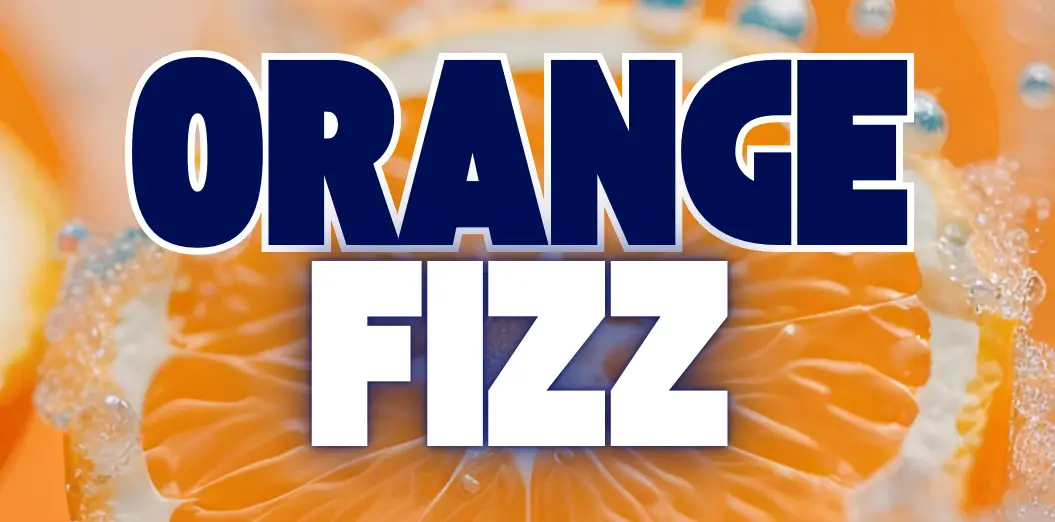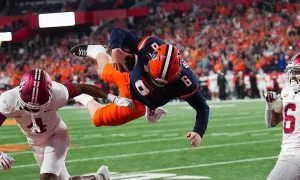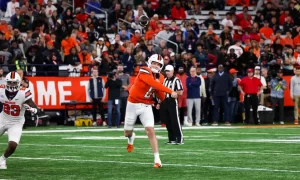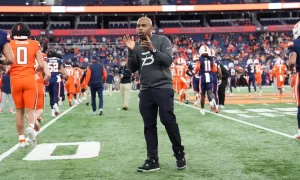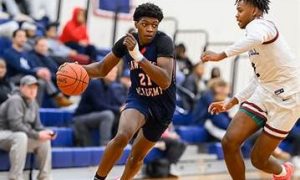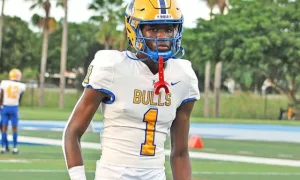When a football team picks up a first down, the color commentator will sometimes say that the happiest guys on the field are actually on the sideline — the defensive players getting an extended rest while their offense maintains a long drive and chews up clock. It’s a common announcer trope, but it does hold true when that offense operates at a fast pace, as Syracuse is expected to under new head coach Dino Babers this season.
Running an up-tempo system can wear out opposing defenses and allow the Orange to light up the scoreboard; the issue is that a coach like Babers can also wear out his own defense. If SU goes three-and-out and waits only 20 seconds between snaps, the defensive players will get barely a minute to catch their breaths on the bench — and minimal time to receive game-specific coaching.
Last season, under Babers, Bowling Green ranked 55th out of 128 Division I teams in defensive S&P+, an efficiency-based metric. Baylor, which runs perhaps the nation’s pre-eminent quick-hitting offense, had the 64th-best defense. Oregon, another team that features a prototypical fast-paced scheme, was 82nd. Each of those teams finished outside the top 100 in time of possession, as none held the ball for more than 28 minutes per game.
Given the level of talent on the Bears’ and Ducks’ rosters, those rankings are slightly disappointing — but they were uncharacteristically low. In each of the previous two seasons, both teams finished inside the top 30 in defensive efficiency.
Implementing a high-octane offense isn’t necessarily a death knell for the defense. You don’t have to sacrifice defensive performance to run a fast-paced scheme on the other side of the ball. The two units practice against each other every day, so the defense should theoretically be in extraordinary shape. After Syracuse’s first day of training camp, Babers said conditioning wasn’t an issue, and linebacker Zaire Franklin echoed that sentiment.
A potential issue, though, is that Babers and his staff plan to overhaul the defensive strategy, replacing Scott Shafer’s aggressive, ball-hawking scheme with a traditional Tampa 2. The system requires a ton of speed — especially from the defensive ends and linebackers — which could progressively wane throughout games if the players don’t get sufficient rest. But it shouldn’t be a huge concern for Orange fans.
The SU defense was the 69th-best in the country last season, according to S&P+, Syracuse’s lowest ranking since 2009, and allowed more than 472 yards per game (18th-worst among Division I teams). Some of the struggles were due to sheer youth, and the unit should improve due to added experience and continuity (the defense returns 80 percent of its “production,” according to Bill Connelly of SBNation). Even if the unit is collectively gassed by the end of a few contests, expect the Orange’s defense to get better in 2016.
Posted: Drew Carter

